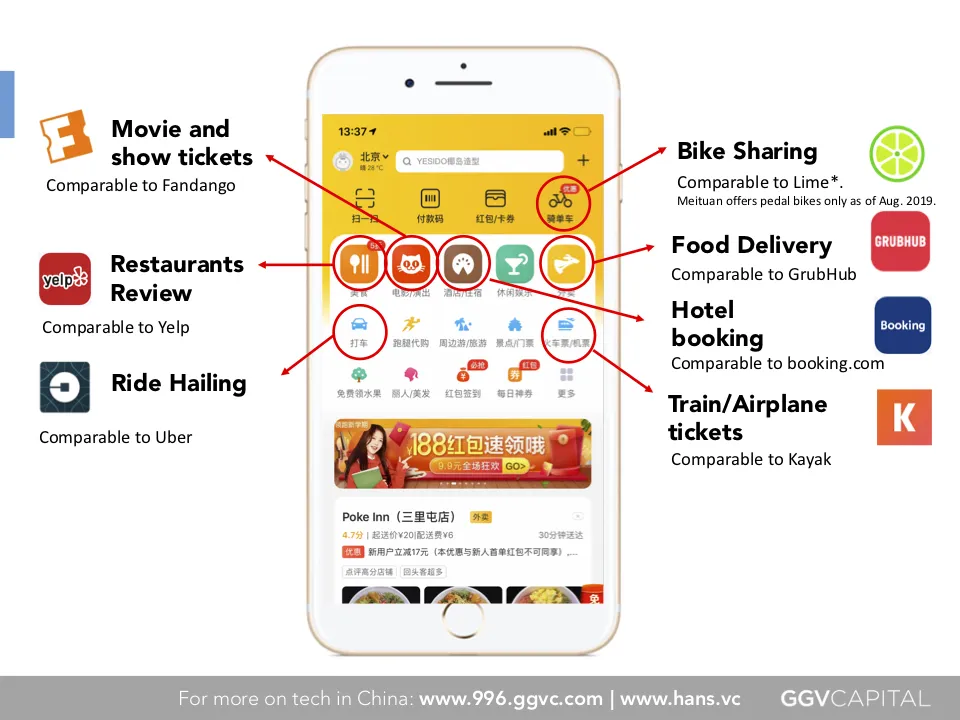A lay of the land
Research Sponsors

DFS Lab
Originally published 29 Sept 2021
In many ways, Africa’s tech story is an African fintech story. We have recently seen an explosion of startup activity across the continent, and much of that is driven by tech-enabled financial services laying the foundation for future diversified sector growth.
In 2018, 146 African startups raised US$1.163 billion over 164 rounds — a 108% increase compared to the year before[1]. Half of the capital raised went to companies in fintech and financial inclusion. The prior three years saw $560 million [+53% YoY], $367m [+33%], and $277m raised, representing a 4.2x growth multiple in 36 months. Nearly 28x since 2012. Fintech and financial inclusion have remained the primary investment sectors, attracting 50% of all funding since 2016. And being the most advanced ecosystems, Kenya, Nigeria, and South Africa have been the primary investment destinations, accounting for 78% of all capital raised last year.

These investments are anchored against a growth story you have probably heard before: 1.2 billion people, and growing fast. Next frontier: median age 19.4 years. Massive mobile money adoption (nearly half of global activity). 52 million mobile phones shipped per quarter. Rising internet penetration. Steadily falling bandwidth costs. Regional integration. And so on.
Clichéd as it may seem, using mobile phones as a conduit for financial services is a powerful idea. Democratizing access unlocks growth and creates massive opportunity for those savvy enough to capture it. So, amid the optimism, it’s worth asking: what principles govern African fintech? What factors determine success? And what is unique about these markets compared to the ‘developed’ world?
Foundational Assumptions
- It’s fragmentation all the way down. For easy comparisons with China [pop. 1.38bn] and India [pop. 1.34bn], the world treats the continent like a single unit to be exploited. But not enough attention is given to the frictions between its constituent countries. In reality, Africa is hundreds of market segments lumped together — each one with its form, unique attributes, and success factors. It is not uncommon for startups to set up shop across the continent but have the home market generate 90%+ of group revenue. Even culturally similar countries in close proximity (Kenya & Uganda, for example) can’t be assumed to have the same business landscape.
- Companies such as YC-backed Flutterwave view this as an opportunity to aggregate disparate markets. But entrepreneurs and investors who wrap their mental models too tightly around one country will find that their businesses are bent out of shape when expanding elsewhere. And expand, they must, because…
- The pies are much smaller than meets the eye. African markets are wide, but not yet deep. Most people would look at, say, Nigeria and see a country two-thirds the size of the US with rapid growth. But with its 190 million people, Africa’s most populous nation produces a GDP just shy of Boston, which has only 4.6 million. There are about 2 million households in Nigeria with a purchasing power over $10,000 per annum, and half of the country’s growth in wealth will come from this segment[2].
- This isn’t unique to Nigeria, mind, and the lack of a social safety net puts additional pressure on the wallets of the continent’s ‘emerging middle class’ — squeezing out anything deemed non-essential.
Recommended Reading: The Mystery of Market Size in Nigeria
- Digital doesn’t always mean ‘superior’. There is a tendency to assume uncritically that existing systems, existing ways of doing things are flawed, and must be replaced with more ‘technological’ methods.
- One example is Bebapay, the unsuccessful attempt by Equity Bank, Google, and the Kenyan Ministry of Transport to ‘formalize’ the transport sector and make all bus fare payments cashless.
- On paper, their solution made sense: it was a prepaid NFC card which commuters would tap against bus operators’ Android phones to pay for their rides. They would immediately receive an SMS receipt for each payment, and the money would get settled to bus owners’ accounts instantly. Viewed a certain way, one might call this a ‘seamless’ user experience. But there was no problem to be solved: the service ultimately failed because it created benefits for policymakers, bus owners, banks, etc. and not for the bus drivers and commuters who had to use the system daily.
- From the perspective of the bus drivers, Bebapay only meant lost earnings, as they now had to remit more than their ‘fair share’ of each day’s proceeds. They could also no longer easily fund daily spend. And for commuters, it meant lost flexibility, and thus, a worse experience:
- “Cash in your pocket is the most flexible payment mechanism when managing daily expenses. A prepaid card locks in your cash, particularly if its only usable for one type of purchase. For example, you might need to purchase milk and bread on the way and make a decision trading off your matatu fare for food, choosing to walk home instead. At the moment, prepaid payment cards have not yet scaled beyond the transport sector, so if you have 200 shillings in your Bebapay card, it becomes an inflexible tool without options for alternatives. How likely are you to lock in extra cash when you’re accustomed to the flexibility required to manage expenses, especially if you too are employed in the informal economy? And how convenient is it to top up your card at the nearest Equity Agent as opposed to jumping on the nearest bus with cash in hand?”
- This is emblematic of the issue with top down approaches in these markets (e.g. many efforts to “bank the unbanked”). The informal systems in place are often more robust than they initially seem; the fact that they aren’t legible to outsiders shouldn’t be taken to mean they are disorganized. Startups like Kwara take a more appropriate approach: building tools to enable existing behaviors. Engaging with users on their own terms.
Recommended Reading: Chamas are the Financial Side of Real World Social Networks
- The informal economy is larger than the formal. WAY larger. The majority of Africans are unbanked. This means they get paid in cash and are used to spending in cash. The informal economy is three-quarters of non-agricultural employment, and about 72% of total employment in SSA. It accounts for 41% of the continent’s GDP, conservatively estimated. It is a complex adaptive system that is using digital technologies to trade and exchange value on its own terms, away from the eyes of academics and administrators.
- Many fintechs thus focus on the few customers who are banked or have access to mobile money. Investors need to think carefully about TAM and prioritize products that are relevant to the largest segment of the population.
Recommended Viewing: The hidden opportunities of the informal economy (TED Talk)
- Customer needs tend to focus on the basics. For now. Setting aside significant exceptions like Nigeria and South Africa, mobile money forms the retail payments rails for many African countries. Bank based payment systems are generally more clumsy, and harder to access via API than in other parts of the world. Also, ID systems can’t always be queried digitally, and often don’t have full coverage. Similarly, credit bureaus track only 5–15% of the adult population.
- Lots of the infrastructure you take for granted elsewhere is missing, and so fintech startups must build it. Consequently, there isn’t as much need today for things like robo-investing or PFM as there is for simple fast credit to manage household needs & emergencies; insurance for just about everything; SME lending to get businesses and side hustles off the ground; local remittances; and long run savings for old age, school, and housing. Over time, though, as the infrastructure layer gets built out, demand for such applications will rise.
Markets: A Rorschach Test
You could look at the continent described above and see its challenges. Or you could see the structural profit opportunities they create. Visa just bought a 20% stake in Interswitch for $200m ahead of its 2020 IPO. Cellulant has scaled to 34 countries and claims to process 12% of the continent’s payment volume. With over $500m raised between them, Branch, Tala, and Mines are providing access to credit for consumers ignored by traditional financial institutions. Yoco has acquired 50,000 SMEs in South Africa with a Square-like POS device, supporting them with payments processing, financing, and more. Starting from Tanzania, Nala is building a better interface for the continent’s 100+ million mobile money accounts. Three years into its journey, Piggyvest has helped over 500,000 Nigerian users save more than $70m, with plans to expand internationally. Carbon, Chipper Cash, Wallets, and myriad others are building the continent’s Monzos. BuyCoins is building better on-ramps for users who want to buy and sell cryptocurrencies. And many, many more.

By dealing with the market on its own terms, fintech firms in Africa are showing signs of success in spite of the odds stacked against them. This is the Sufficient Balance view. We have spent years building, investing, researching, and collaborating in these markets to bring you snapshots of the present and light a path to the future.
Over the next four chapters, we will discuss the structural factors that create opportunities for fintech companies on the continent; we will deep dive into mobile financial services and map out what comes after; we will examine investment trends and macro-fundamentals, and, if we do this right, convince you of our bull case for fintech in Africa.
Welcome, and see you next week.
References
- Partech Partners 2018, 2017, and 2016 Funding Reports.
- ‘Africa’s growing giant: Nigeria’s new retail economy’ by McKinsey.
.svg)





